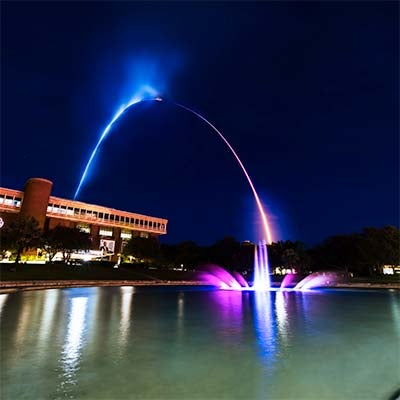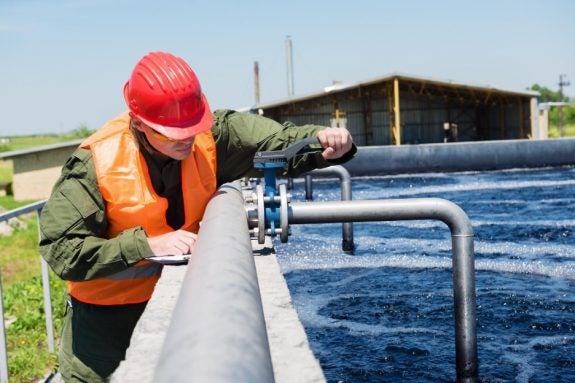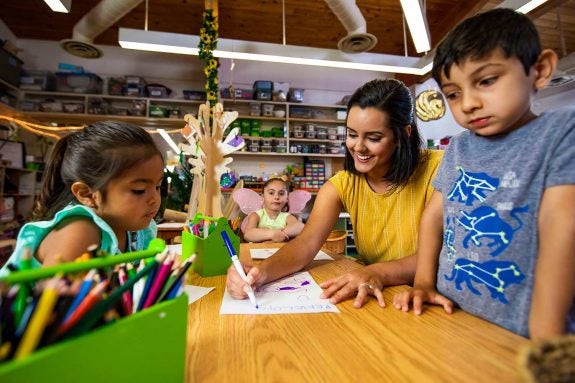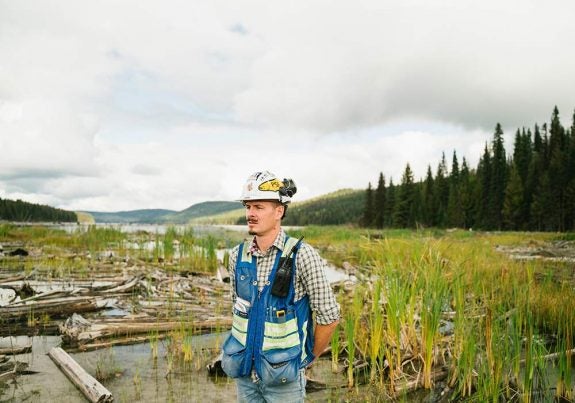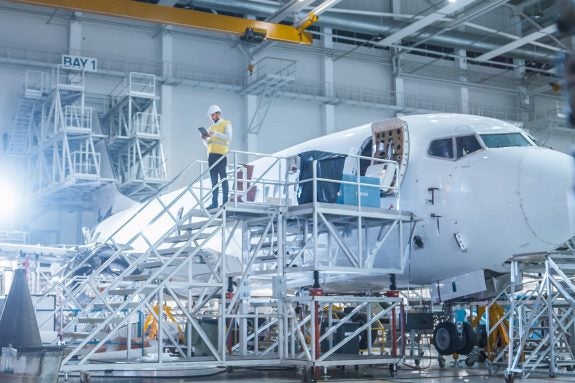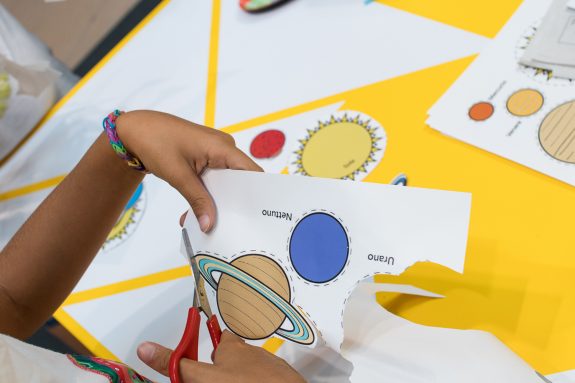5 STEM Space Activities, Resources and Lessons for Students and Educators
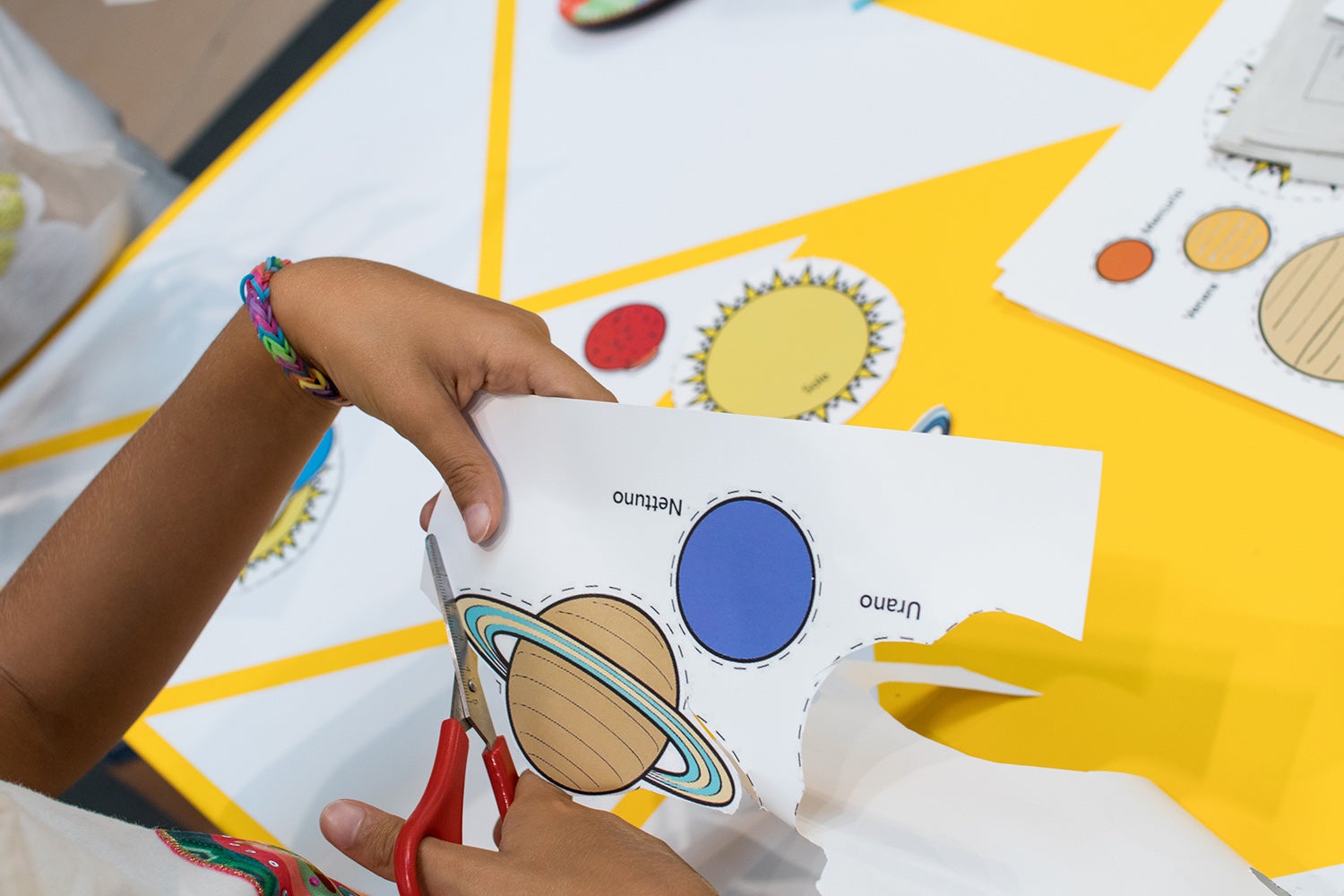
Developing an early interest in STEM is beneficial to students, considering the opportunities within the STEM fields are growing rapidly. According to the U. S. Bureau of Labor Statistics, positions such as software developers, mathematicians and statisticians, and civil engineers are projected to have faster job growth than average through 2026.
For teachers who want to make a genuine impact on children’s lives now and in their future careers, they can turn to the following lessons. These educational activities can help build a passion for STEM subjects within their students, while encouraging them to reach for the stars.
Hold a Straw Rocket Competition
Students don’t need to be rocket scientists to learn some of the fundamentals of engineering. They can engage in a variety of online STEM assignments, like this one from NASA’s Jet Propulsion Laboratory.
To conduct this space-related activity, educators will need to provide students with straws, pencils, tape, scissors and paper. Teachers should download and print the following template from NASA to understand how to carefully assemble the rockets. Either teachers or students can create the rockets, which may be given to an individual student or larger groups. The rockets will be slid onto a straw and propelled by blowing air through the straw.
Teachers can conduct a competition to see which rocket flies the greatest distance. The competition itself should be held in an area that gives students maximum space, such as a free area in a classroom or a field outside. It may also be beneficial to set up boundaries indicating how far a particular rocket has flown, such as measuring sticks or tape indicating certain distance touchstones.
Each student or team will have a set amount of trials for launching their rockets. Teachers should monitor how students are blowing air to launch their rockets and encourage them to find ways to improve their methods. This may be accomplished by having students take into account wind direction and speed, or adjusting their launch angle or position.
Chances are, students will enjoy the design and engineering components of this activity. It can help develop students’ problem-solving and critical thinking skills as they try to determine why a certain rocket launch failed or succeeded. This activity gives students the opportunity to gain a stronger understanding and appreciation for the science fundamentals that help propel their rockets.
Show Students How to Build a Telescope
Teachers don’t need to plan an extensive field trip to an observatory to help their students discover a passion for stargazing. This space STEM activity enables students to build their own telescopes and explore the galaxy, and helps teach them strong design, science and engineering skills.
National Geographic gives instructions for constructing a space telescope. To start, teachers will need to provide students with the necessary materials. These include paper towel tubes, scissors, tape and most importantly, two convex lenses. The lenses are available through different educational and online retailers. Teachers may also provide additional materials such as crayons, markers, glitter or stickers, so students can make their telescopes more unique and creative.
Once the telescopes are assembled and ready, teachers have several options as to how they want to conduct the lessons. Students could make observations outside with the telescopes and record their findings during class hours. A nighttime field trip may also be arranged, where the class travels to a nearby area known for stargazing. Students may also use their telescopes at home at night under parental supervision while observing the stars and making notes.
Additionally, teachers may also assign specific constellations or galactic sights they want their students to spot and identify. Students may choose to gaze the night skies freely and make their own observations to share with the class. No matter how a teacher approaches this assignment, students will leave with a new interest for exploring the galaxy.
Enable Students to Walk Like an Astronaut
Teachers can use this creative activity to illustrate what it might feel like to walk on a different planet. Students can experience what gravitational differences feel like firsthand, while gaining valuable knowledge about math, science and technology.
This activity requires a pair of bucket stilts to act as the “moon shoes.” These stilts can be purchased directly or assembled using buckets and a rope. The difficulty that comes with walking with the “moon shoes,” such as some stilts or shoes being heavier or lighter than others, helps to illustrate the gravitational differences that exist among different planets and objects in space. The rope should be firmly fastened to the bottom of the buckets, allowing room for children to place their feet on top of the buckets.
Children will then use each bucket’s rope to move their feet in sequential order, with the left hand using the rope to move the left foot/bucket, then the right hand using the rope to move the right foot/bucket, and so on. For guidance on how the buckets should look or operate, teachers can search “can stepper toys” online. Because students will be handling the rope with their hands as they walk, it may be beneficial for students to wear gloves to prevent any possible rope burns or injuries.
To begin the activity, a map should be laid out on the ground to indicate where students should be walking. Maps could include specific instructions where students should walk or certain objects they should avoid. Teachers could provide multiple maps indicating terrain for the moon and different planets, and provide multiple bucket stilts to illustrate the differences in gravity. Teachers can apply concepts from this lesson from TeachEngineering to further detail the surface of the moon or that of other planets.
Because students will be taking multiple steps using the “moon shoes,” the maps should be laid down in an area that is wide open and is free from clutter. The activity is intended to make walking more difficult, therefore it’s possible that students may fall down while trying to move in the “moon shoes.” Teachers may want to advise parents ahead of time, and request they sign a permission slip or a waiver.
Teachers can also incorporate an additional math component into the activity by having students calculate how much lighter the moon is than other objects in the solar system. Ultimately, this activity will convey the excitement and gravitational challenges of walking across different surfaces in space while providing students with the opportunity to hone their math skills.
Host a Space Lander Competition
This is a take on the classic egg-drop challenge. The activity helps teach students the effects of gravity, provides strong architecture and design skills, and encourages a better understanding of how gravity plays a role in the engineering process.
NASA provides an overview of how students can build their landers. To start, teachers will need to provide students with cardboard, index or note cards, tape and a cup. Students can also decorate their landers with crayons, glitter and other items. The idea is to let students experiment with the different materials to see how they can develop a lander that efficiently absorbs shock.
Teachers can then provide students with items to put in the cup to act as the “astronauts.” The NASA example indicates how small marshmallows can be used, but teachers can also use other food items such as candy or raisins. Other more creative “astronauts’ may also be built, using Popsicle sticks, for instance.
Once the landers and astronauts have been assembled, the experiment can begin. This could involve a teacher standing from a higher elevation in the classroom and dropping each lander individually, or the class visiting another part of the school where they can drop landers from a safe height.
Students can then see if their lander successfully protected their astronaut. If not, they can potentially redesign the lander by adding, adjusting or removing materials. This activity is one that students can also do at home, helping them further their design, engineering, science and mathematical capabilities that much more.
Chart a New Galaxy
Teachers don’t have to travel great distances to provide their students with an invigorating space STEM lesson. The classroom itself can serve as an inspiring location where students can discover more about the universe. In this engaging activity, NASA provides a helpful guide for children to learn about particular constellations and their history.
There are several ways in which this activity can be performed, but it requires a blank platform in all cases. The platform could be a blank chalkboard, a corkboard with a piece of black paper covering it, or a larger piece of construction paper on the floor — anything that could convey the sense of outer space. The next essential item includes materials that can be used to chart specific stars or constellations. These items may include toothpicks with marshmallows on the end, cotton balls that students can glue to a map, or white stickers they can gently place on the paper.
Teachers can provide notable constellations that they want the students to chart, or students can find specific constellations on their own. Care should be given when charting the constellations. Students should accurately represent on the map where constellations are located and their distance in relation to one another. This way, students can begin to appreciate the vastness of the universe and how close or far stars and constellations are from one another.
Teachers can also request that students research and learn the history and origin of constellations. This is also an activity that students can continue at home, making their constellation maps even larger.
Additional Resources
Teachers who want to explore even more STEM activities may want to visit the website for NASA’s STEM Lessons from Space. Here, NASA provides different activities relating to each of the STEM fields. The Jet Propulsion Laboratory also offers more in-depth space STEM activities for teachers and students.
UCF’s Online Engineering Degrees
- Aerospace Engineering, MSAE
- Applied Photonics
- Civil Engineering, MS (Smart Cities)
- Civil Engineering, MS (Structural)
- Civil Engineering, MS (Transportation)
- Civil Engineering, MS (Water Resources)
- Civil Engineering, MSCE
- Data Analytics
- Electronic Parts Engineering
- Engineering Management, MS
- Environmental Engineering, MS & MSVE
- FinTech, MS
- Guidance Control and Dynamics
- Healthcare Systems Engineering Certificate
- Healthcare Systems Engineering, MS
- Industrial Engineering, MS
- Industrial Engineering, MSIE
- Interdisciplinary Studies, BA/BS
- Materials Science and Engineering, MSMSE
- Mechanical Engineering, MSME
- Modeling and Simulation of Behavioral Cybersecurity
- Modeling and Simulation, MS
- Optical Image Systems
- Optics and Photonics, MS
- Project Engineering
- Quality Assurance
- Systems Engineering
- Systems Engineering, MSSE
- Travel Technology and Analytics, MS
